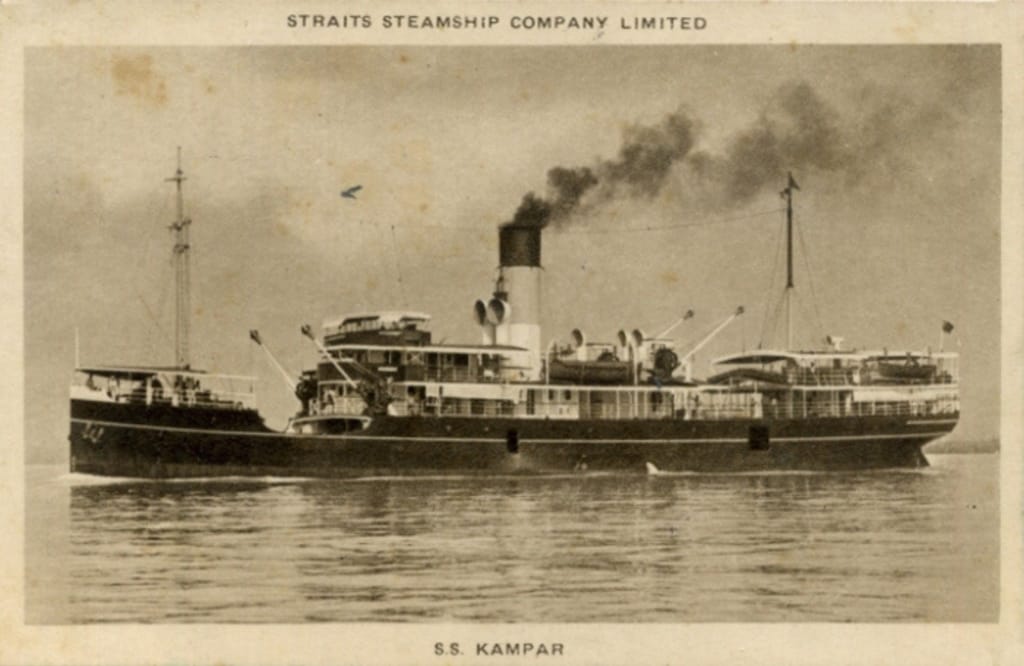The Bombing of Penang: A Ferry Service Worker’s Eyewitness Account of Japanese Air Raids in 1941
By Abdul Aziz Bin Zuber
March 2025 LEST WE FORGET
Abdul Aziz Bin Zuber

is a teacher at SK Kepala Batas, Penang. He has contributed to various literary works, including the
introduction to Panduan Bangsa: Mengandungi
Akhlaq, Adab, Pergaulan, dan Lain-lain (2021), and editing Agama Bangsa & Tanah Air: Sejarah dan Peranan Madrasah Da’irat al-Ma’arif al-Wataniyyah (2022). He also wrote the
introduction to Qawam al-Din: Pada Menerangkan Perdirian Agama (2023), published by Akademi Jawi Malaysia. Additionally, the author also supported the crowdfunding campaign for the book Sejarah Bergambar Seberang Perai / Province Wellesley, A Pictorial History (2016) by Areca Books.




